Portulacaria and its cultivation at home
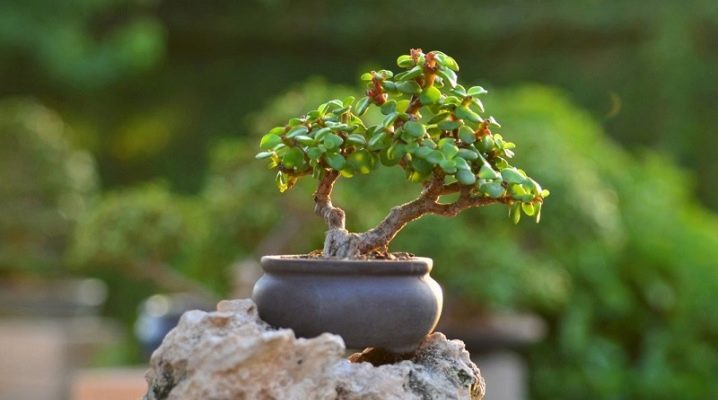
Just a few decades ago, succulents were considered something incomprehensible, so they were in no hurry to decorate the house with the help of such plants. However, over time, views have changed, and today they are one of the most demanded species, among which the portulacaria stands out especially. It is worth considering the features of growing a culture at home.
Description
Portulacaria (Portulacaria) is a perennial with an evergreen crown, which is part of the Portulac family. The peculiarity of the plant is the formation of a small tree or bush that looks pleasant with proper care.
The benefits of portulacaria include:
- ease of care;
- attractive appearance;
- quick survival in any conditions.
The homeland of the plant is South Africa, where, under favorable conditions, the species reaches a height of 3 meters and becomes a full-fledged tree.
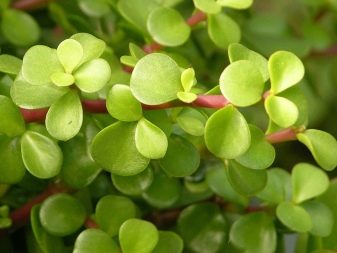
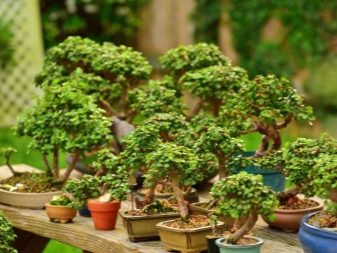
Views
Portulacaria, judging by its botanical characteristics, is the only species in its family. In turn, it is divided into several subspecies, which differ in the type of crown or the shape of the shrub.
- Variegated portulacaria. A variety of ornamental origin, the maximum height of the bush reaches 1 meter. One of the key elements of variegated portulacaria is the unusual color of the leaf plates. The edging is painted in silvery shades, which favorably emphasizes the oval of the leaf, and its middle is painted in a light green tone. Also, the leaves of the variety have small silvery stripes that run perpendicular to the central part of the leaf. The variety is ideal for growing at home, it easily takes root in fertile soils.
- Variegated tricolor... The peculiarity of this variety is three colors. The stems and edging of the leaf plates have a pleasant pink tint, in the middle of the leaf there is a white area, which gradually turns into a rich green. The variety is unpretentious to care for and is able to survive harsh climatic conditions.
Also among the varieties stands out Afra Variegata and African Mediopict. However, in Russia, they start growing such flowers less often.

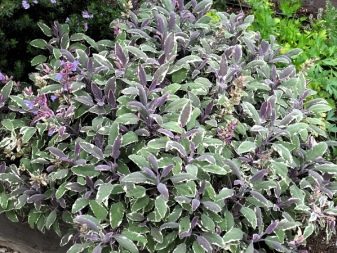
The nuances of home care
Portulacaria, as already noted, does not require special care, for which it is appreciated by flower growers. The species develops well in any conditions and regardless of the degree of soil fertility. However, adherence to simple agrotechnical recommendations will allow you to achieve active growth of the succulent and improve its appearance and flowering.
A place
First of all, if you plan to buy or plant a purslane, you should think about choosing a place. The best solution would be to install a pot on the southern windowsill, where the sun's rays often fall. Additional recommendations:
- the plant must be rotated to achieve a symmetrical crown;
- in winter, you should take care of additional lighting;
- in the summer, do not forget about airing the bush;
- cultivation of purslane requires compliance with a certain temperature indicator.

In principle, bonsai can grow at the temperature that is maintained in the apartment. In winter, flower growers recommend providing the portulacaria with cool conditions in which the culture will be comfortable. However, a drop in temperature to -10 threatens the risk of plant death.
The planting of an adult crop can be carried out in soils with a small amount of fertile properties. If necessary, a suitable soil mixture can be prepared by hand by mixing:
- land from the garden - 2 parts;
- humus - 2 parts;
- coal - 1 part.
It is also worth adding sand and lime to make the soil light. The finished mixture will remain to be mixed in order to evenly distribute the components.
The last thing to consider before planting a purslane is drainage... It can be made from perlite, brick chips or expanded clay. With their help, it will be possible to prevent the flooding of the plant, which can lead to rotting of the roots. The particles will absorb excess moisture and at the same time provide the succulent with the necessary moisture.
Now it is worth considering in more detail the basic recommendations for caring for the planted crop.
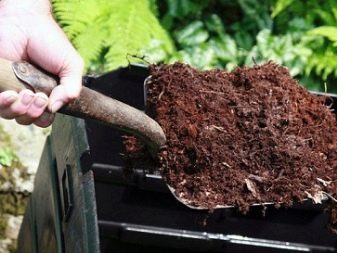

Watering
Portulacaria is undemanding to watering. In the summer season, water should be applied so that the top layer has time to dry out between procedures. In winter, it is recommended to reduce watering to 1 time per month, as the plant is resting. In December and January, watering should be stopped altogether. A succulent plant easily tolerates drought conditions, so there is no need to worry that the plant does not have enough water. It is important, on the contrary, to ensure that no liquid remains in the pan, otherwise there is a high probability that the plant will die.
You can also determine the need for watering by the leaves of the succulent. If they wrinkled and began to dry out, then it is worth adding water to the ground. After watering, the leaf plates will be smoothed out.
You can pinch the leaves if necessary.
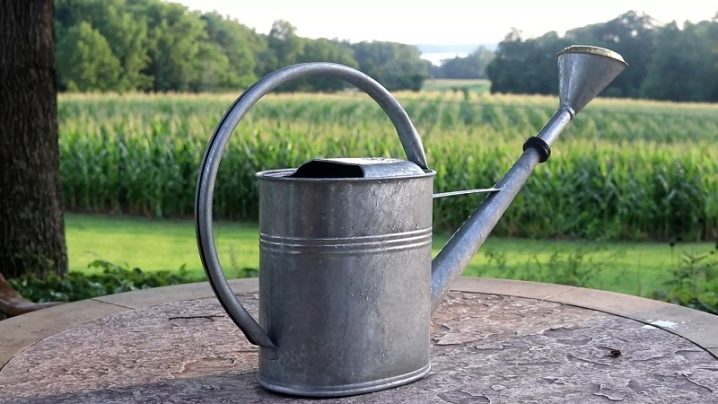
Top dressing
Portulacaria needs to be fertilized during the growing season, which occurs twice a month. Most growers use formulations with nitrogen content. For example, they often resort to the use of fertilizers that are suitable for cacti, since they have an identical composition. In winter, feeding a succulent is optional: this is a dormant period. Especially true for those who grow crops in a room with a low temperature.
If purslane grows in a warm place, it is recommended to feed at least once every 30 days, regardless of the season. In order not to often fertilize the succulent and at the same time ensure its active growth and excellent survival rate, the pot should be placed on the southeast side. Southwest is also a good solution. In the summer, it is worth taking care of regular ventilation of the culture.
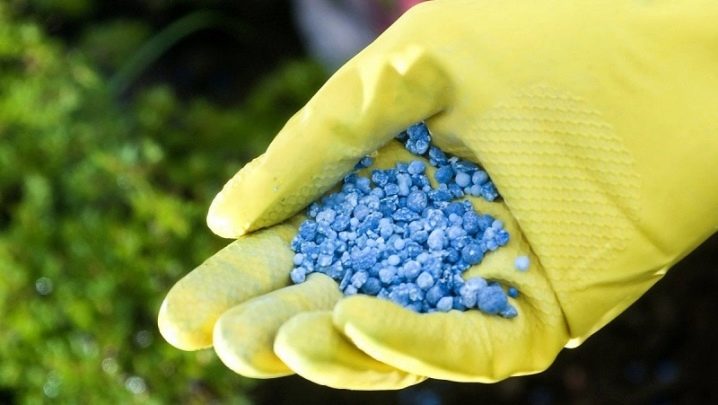
Reproduction
Every florist wonders how to propagate a succulent. In the case of purslane, there are two ways of reproduction of culture, it is worth considering them in more detail.
Cuttings
The most common option, which does not require much effort.
- First of all, you need to find an adult plant that has stems with 4 or more leaves.
- Next, you need to separate the cuttings with 4 leaves... When choosing cuttings, preference should be given to thick and fleshy elements. The average length of one cutting should be at least 12 cm.
- After pruning the branches carefully sprinkled with organic charcoal fertilizer and leave in it for 7-14 days to allow the cut edge to dry.
- When a thin film is formed at the edge, you should go directly to the propagation of the cutting. To do this, you need to plant it in a previously prepared container with fertile soil for rooting. The soil should contain peat and sand.
- In order for the stalk to take root faster, you should take care of the external conditions.... The air temperature should be above 25 degrees Celsius, and the flower should stand in a lighted place.
- A month later, the stalk will give the first roots. After two months, the sprout can be transplanted into a larger pot for permanent residence. It is important to use fertile soil.
Propagating succulent by cuttings is not difficult if you follow simple recommendations and choose the right material.
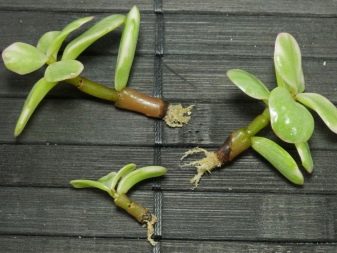
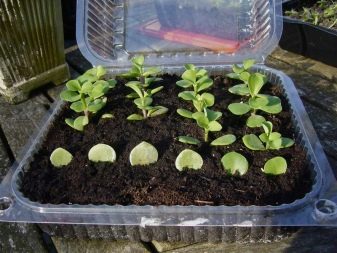
Seeds
The second most popular way to germinate a culture.
- First, the selection of seeds purchased in a special store is carried out.Only whole and large samples are retained.
- Next, the seeds are planted in a prepared pot filled with a fertile composition.
- The third stage involves the device of a mini-greenhouse using gauze, film or transparent glass. This will help the seeds to sprout faster.
The advantage of seed propagation is that with their help you can get a lot of sprouts. It is important to take care of the future succulent in order to achieve the desired result.
Points to consider:
- the soil should not dry out or be too wet;
- the greenhouse should be ventilated so that air does not stagnate under the covering material;
- the greenhouse should be cleaned a month after planting the seeds.
During this time, the first shoots will appear, which can be transplanted into open ground.

Diseases and pests
Transplanting a succulent to shaded areas contributes to the development of various diseases and pest attacks. If leaves fall, you should carefully examine the flower for signs of disease or insects. Common pests include:
- aphids;
- spider mite;
- shield;
- mealybug.
The most common disease is rot, which causes the plant to shed its foliage. Preventive treatments, as well as the timely removal of the affected elements, will help prevent the death of portulacaria. Insecticides are often used to strengthen the immunity of a flower.
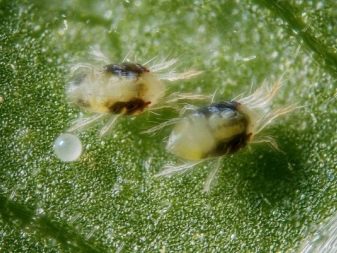
























































The comment was sent successfully.